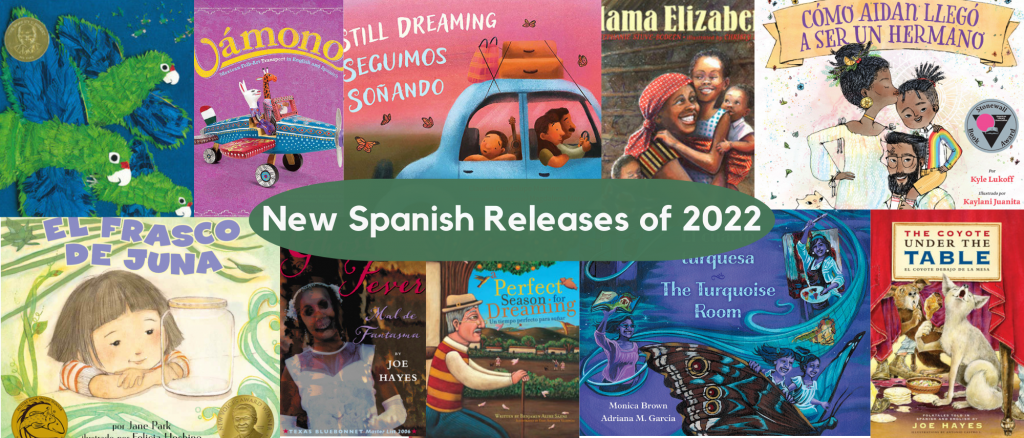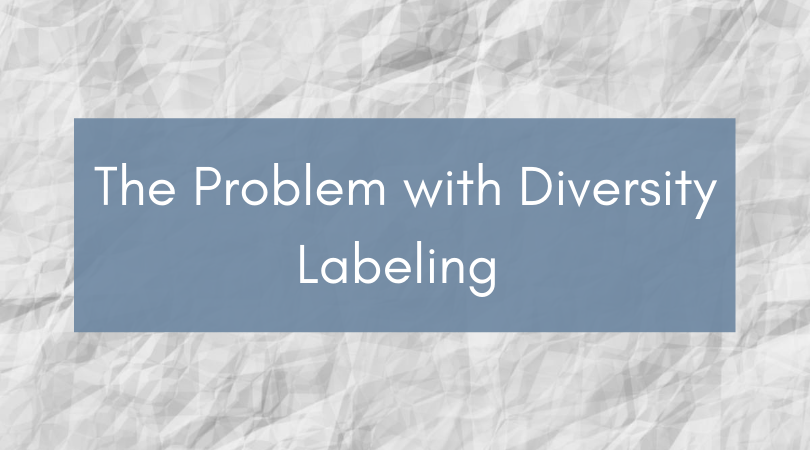
¡Agregue estos títulos en español y bilingües que vienen de Lee & Low Books en 2022 a su estantería! Estos títulos han sido traducidos, adaptados o publicados bilingües e incluyen viejos favoritos y nuevas historias por descubrir.
Add these Spanish and bilingual titles coming from Lee & Low Books in 2022 to your shelf! These titles have been either translated, adapted, or published bilingually and include old favorites and new stories to discover.
Continue reading



